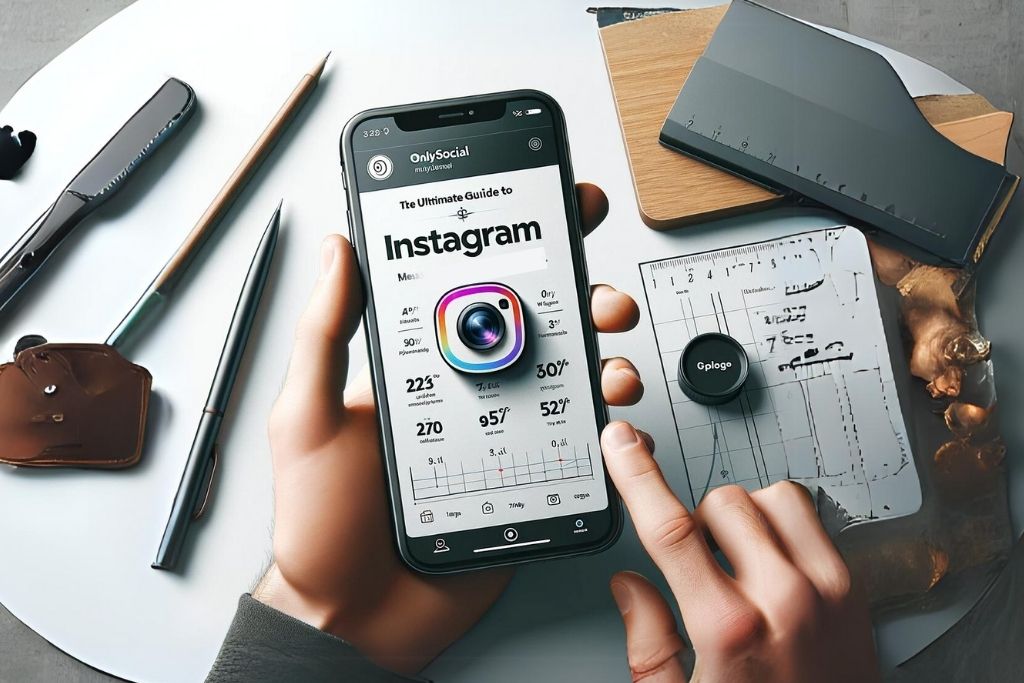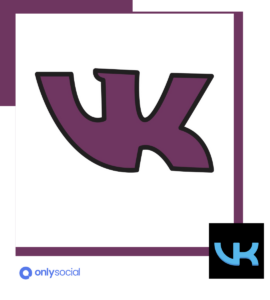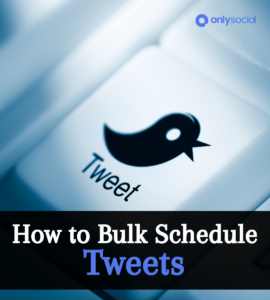In a digital world awash with social media platforms, the importance of measuring Instagram performance cannot be overstated. Instagram, touted as one of the most popular social media sites, plays a vital role in building and promoting your brand image for millions of internet users. It’s not just about posting aesthetic visuals and catchy captions anymore, it’s also about comprehending the numbers game.
Learning the nitty-gritty involved in measuring Instagram performance gives an edge to businesses, influencers, and trendsetters. Navigating the vast information avenue of Instagram can seem daunting, but having a thorough understanding can transform drab numbers into insightful data, telling a compelling story about your followers’ preferences and actions and propelling your profile to new heights of engagement.
With the right skills and tools for measuring Instagram performance, you hold the power to decode valuable information that can drastically boost your Instagram success. Dive in with us as we explore the essential metrics and the most effective ways to measure your Instagram performance.
Table of Contents
Essential Metrics for Measuring Instagram Performance

When it comes to measuring Instagram performance, understanding the essential metrics is paramount. These metrics are the fundamental elements that paint a complete picture of your Instagram account’s performance.
Impressions
“Impressions” refer to the total number of times your post or story has been viewed. This gives you an idea of the reach of your content. A higher impression count signifies wider reach.
Reach
While Impressions give us the total views, “Reach” shows the unique views, or in simpler terms, the different individuals who saw your content. If you notice that your Reach is significantly lower than your Impressions, it could mean that the same people are viewing your content multiple times.
Engagements
Engagements encompass likes, shares, comments, and saved posts. This metric is crucial since it showcases how your audience interacts with your content, indicating whether your content resonates with them.
Follower Growth
Measuring Instagram performance also involves tracking “Follower Growth”. If your follower count is progressively increasing, it’s a good sign that your Instagram strategy is working well.
Comments
Lastly, “Comments” can provide qualitative insight into what your followers feel about your content. Are they giving positive feedback, asking questions, or tagging other users? Understanding what causes these responses can guide your content strategy.
Here’s a quick overview in a table format:
| Metrics | Explanation |
|---|---|
| Impressions | Total number of times your content has been viewed. |
| Reach | Number of unique users who have viewed your content. |
| Engagements | Total interactions your content receives like likes, shares, comments, and saved posts. |
| Follower Growth | Number of new followers gained over a period of time. |
| Comments | Qualitative feedback from users about your content. |
Now that we know these metrics, let’s venture into the process of measuring Instagram performance effectively.
How to Measure Instagram Performance
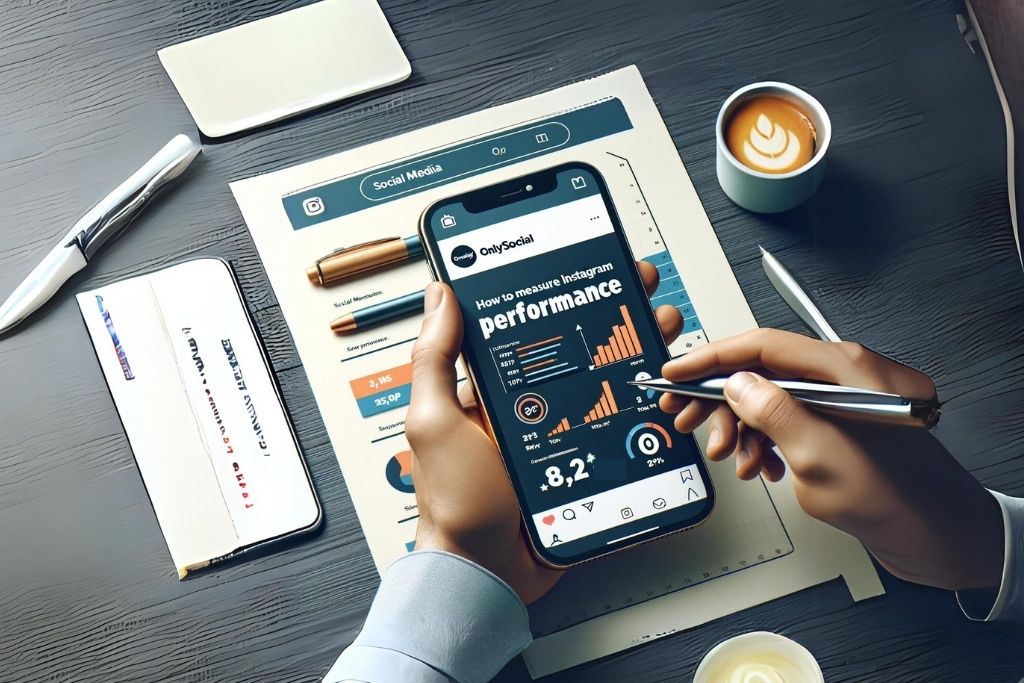
The primary step to effectively measuring Instagram performance is to understand the tools at your disposal. In this section, we’ll outline two key ways you can measure your Instagram performance: using Instagram Insights and third-party tools.
Using Instagram Insights
Instagram Insights is Instagram’s in-built analytics tool available to Business and Creator accounts. It provides detailed statistics about your content, activity, and audience. To access Instagram Insights:
- Navigate to your profile and tap the hamburger icon ⋮ in the upper right corner.
- Tap ‘Insights’.
- Explore the ‘Content’, ‘Activity’, and ‘Audience’ tabs for detailed metrics.
Using Third-Party Tools
If you’re looking for more comprehensive or specific features, you might consider using third-party tools for measuring Instagram performance. Below are a couple of popular options.
- Sprout Social – Offers detailed analytics with beautiful visual reports, competitor analysis, and post-performance predictions.
- Hootsuite – Known for social listening features, comparison tools, and convenient report exporting.
Here’s a brief comparison table to assist you in your decision-making:
| Tool | Prominent Features |
|---|---|
| Instagram Insights | In-depth insights into content, activity, and audience. Free to use for Business and Creator accounts. |
| Sprout Social | Provides detailed analytics, competitor analysis, and post-performance predictions. Paid tool with different plans available. |
| Hootsuite | Social listening features, comparison tools, and report exporting. Paid tool with various plans available. |
Remember, the right tool depends on your specific needs and goals. Be sure to experiment and find the tool that works best for measuring your Instagram performance.
Analyzing and Applying Performance Metrics
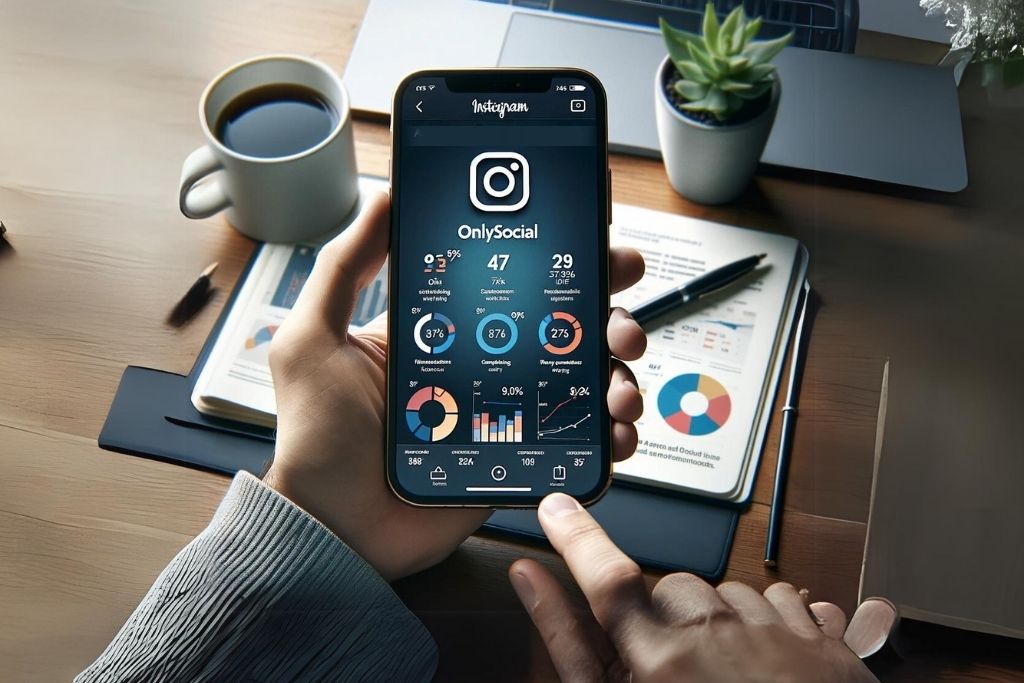
After measuring Instagram performance using the aforementioned tools, next comes the vital step of analyzing these metrics. But, remember that numbers are only helpful if you understand what they indicate and apply this knowledge to improve your strategies.
Analyzing Performance Metrics
Below are some tips on what these metrics might imply:
Impression and Reach
A decreasing trend in impressions and reach suggests you may need to post at different times or days or reconsider your content strategy to appeal to your audience better.
Engagement
Low engagement might imply your content isn’t resonating with your audience. You need to determine what’s causing this – Is your content relevant? Are you posting on the right days and times when your audience is most active?
Follower Growth
A decline in follower growth could indicate discontentment among your followers, or you may not be reaching new audiences. You should reevaluate your content and marketing strategies to attract new followers and retain the existing ones.
Comments
The quality of comments can indicate how much your content is appreciated, or if it sparks curiosity or excitement. Negative comments might suggest that your content is off-putting or irrelevant to your audience.
Applying Performance Metrics
The objective of measuring Instagram performance is not solely to gather data, but to use these insights to inform your overall social media strategy.
Use these metrics to:
- Refine your content strategy: Experiment with different types of content to see what drives more engagement and reach.
- Optimize your posting schedule: Adjust posting times and frequency based on when your audience is most active.
- Better cater to your audience: Understand what your audience likes/dislikes from your metrics and tailor your content to cater to their preferences.
Here is what the measurement-analysis-application process might look like:
| Step | Process | Tools/Method |
|---|---|---|
| 1. | Measure Performance | Instagram Insights, OnlySocial, Hootsuite |
| 2. | Analyze Metrics | Evaluate Impressions, Reach, Engagement, Follower Growth, and Comments |
| 3. | Apply Insights | Refine Content Strategy, Optimize Posting Schedule, and Better Cater to Your Audience |
As you navigate through these three steps, remember that consistent measuring, analysis, and application are key to improving your overall Instagram performance.
Real-World Examples and Case Studies on Measuring Instagram Performance
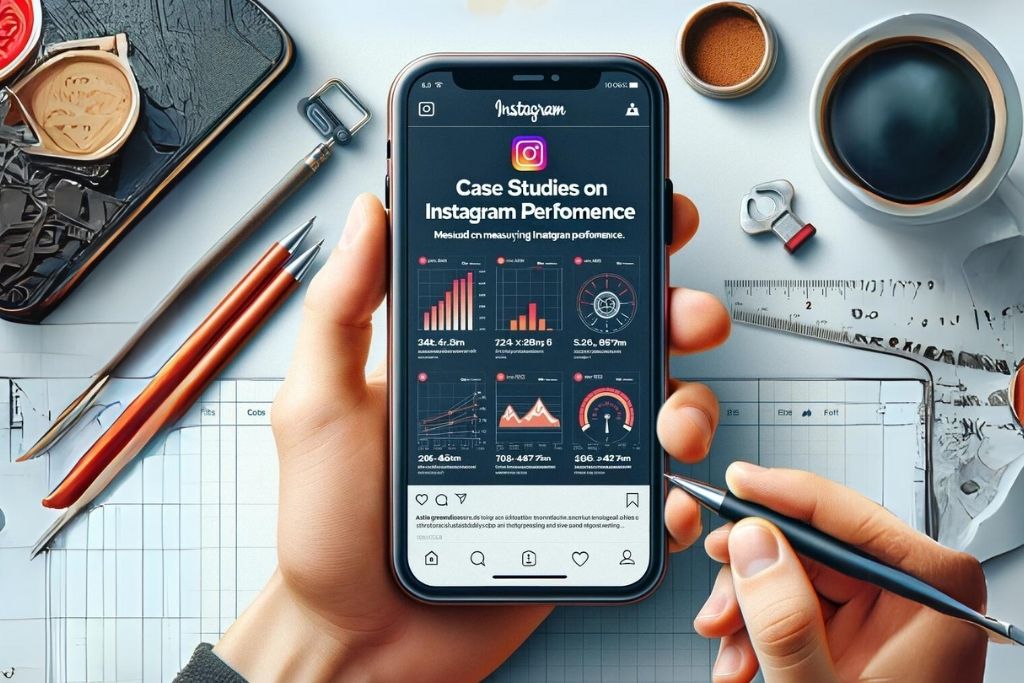
Understanding the concept of measuring Instagram Performance with real-world examples and case studies can give you a deeper understanding of its practicality and importance. Let’s delve into a couple of these:
National Geographic’s Instagram Strategy
National Geographic, with over 160 million followers, is a perfect example of implementing data-driven strategies. They regularly analyze their Instagram performance to understand what type of content drives the most engagement and resonates with their audience. For instance, they found that images featuring people and cultural stories typically garnered more engagement, and they started to publish more of such content. This helped them continuously grow their follower base and engagement rate.
Gyms Hark’s Growth Through Instagram
Gymshark, a fitness apparel & accessories brand, used Instagram analytics to optimize its social media strategy and achieved remarkable growth. By consistently tracking and measuring their Instagram performance, they identified that their followers responded best to posts featuring real people using their products amidst regular workout scenes. They centered their content strategy around such posts, boosting their engagement rates and thereby their organically gained follower base.
What we learn from these case studies:
| National Geographic | Gymshark |
|---|---|
| Used Instagram performance metrics to understand the type of content that resonates best with their audience. | Identified the preferences of their followers and adjusted their content strategy accordingly. |
| Resulted in the continuous growth of the follower base and engagement rate. | Boosted overall engagement rates which led to organic follower growth. |
These examples demonstrate how measuring Instagram performance can direct your marketing efforts and result in substantial growth and engagement. Remember, metrics and data are here to guide you but experimenting, testing, and learning from your unique experience is what will help you realistically improve your Instagram performance.
BONUS
Elevate your Instagram game with OnlySocial’s Post Planning and Scheduling feature! Unlock the power of unlimited posting across all your social profiles seamlessly. Our user-friendly tool lets you manage countless social profiles effortlessly, ensuring your content reaches its full potential. Don’t miss out on strategic scheduling that maximizes engagement. Try OnlySocial commitment-free for 7 days today.
Frequently Asked Questions
What is the difference between Instagram Impressions and Reach?
Impressions refer to the total number of times your content has been viewed, while Reach pertains to the unique number of accounts that have viewed your content. These metrics help you understand your content’s visibility and the efficiency of your marketing efforts.
Can I access Instagram Insights with a personal account?
No. Instagram Insights is only available for Business and Creator accounts. To gain access to these metrics, you will need to change your account to one of these account types.
How far back can I view data in Instagram Insights?
Instagram Insights provides data for the last 30 days for all your posts. If you require historical data, you can use third-party analytic tools that often store data for a more extended period.
Are Instagram Insights and third-party tools sufficient for analyzing my performance, or do I need to combine them?
Instagram Insights is sufficient for getting essential insights into your content, audience, and activity. However, if you require more in-depth analysis or additional features, you may want to consider using a third-party tool in addition to Instagram Insights.
How can I improve my content’s visibility and performance based on Instagram performances?
By analyzing the metrics provided by Instagram Insights or third-party tools, you can refine your content strategy, optimize posting schedules, and create content that better caters to your audience. This will help strengthen your presence and improve your content’s visibility and performance.
Conclusion
Measuring Instagram performance isn’t an optional luxury for businesses and brands – it is a necessary action that shapes marketing strategies, drives engagement, and accounts for growth. It’s interesting to remember that while the primary goal behind each post may not be analytical, it’s the insights derived from these posts based on their performance that fuel future strategies and augment brand value.
By leveraging Instagram’s in-built Insight tool or robust third-party platforms and deeply analyzing the derived metrics, brands can continually refine their strategies, draw meaningful conclusions about their audience’s preferences, and sculpt content that resonates and engages, while still staying true to their brand message.
Both real-world examples and case studies have shown us the compelling impact of measuring Instagram performance in the digital age. From National Geographic’s strategic content adjustment to Gymshark’s powerful organic growth, we see the real influence of making continuous measurement, analysis, and application a cornerstone of one’s social media strategy.
The brand success stories and insights shared in this guide are the stepping stones toward understanding and applying an effective strategy for measuring Instagram performance. Remember, a successful Instagram strategy is more than just posting engaging content, it is about continual learning and adapting based on metric-driven insights.

